DOE researchers suggest solid-state batteries may not be a safety slam-dunk; thermodynamic models evaluate solid-state and Li-ion safety
Green Car Congress
MARCH 7, 2022
Recent battery fires have renewed investigation of the safety of Li-ion batteries. While the safety benefits of this solid electrolyte replacement are widely acknowledged, the broader safety of Li-metal anode solid-state batteries with high energy density has not been critically examined. Bates et al.

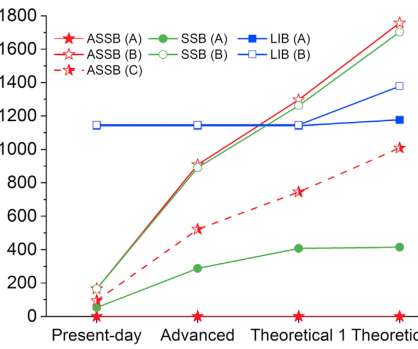

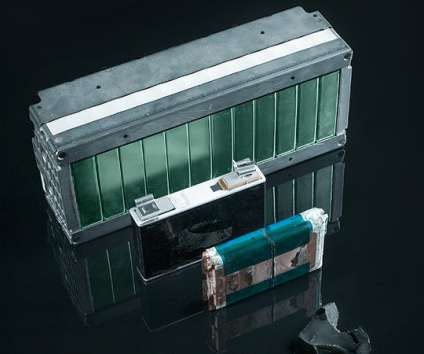

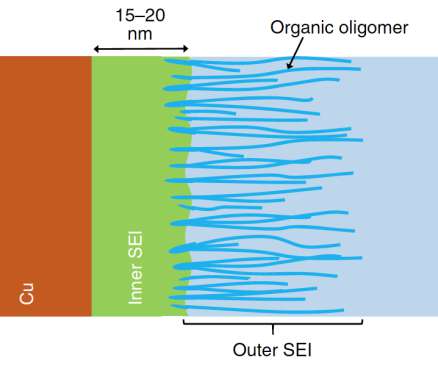

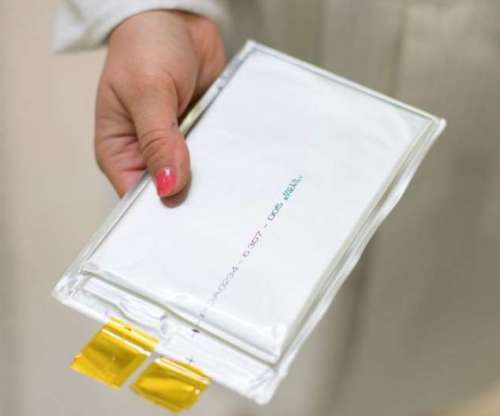

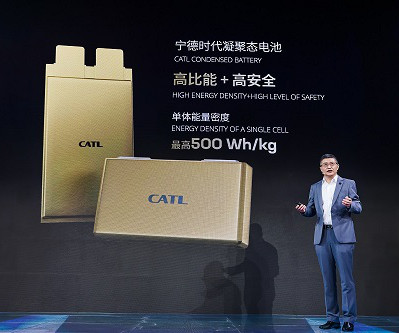



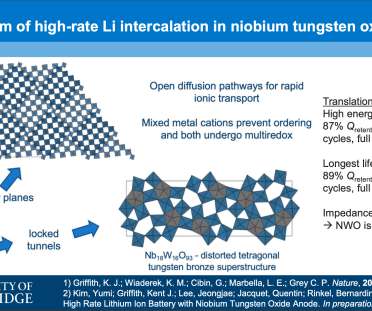

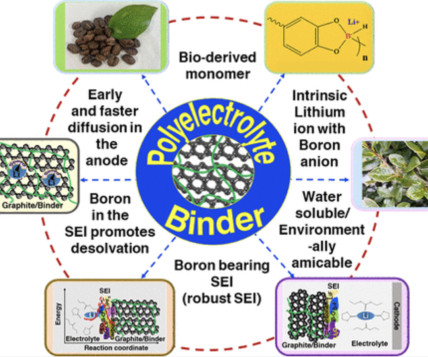






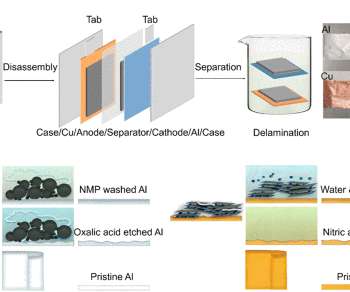




















Let's personalize your content